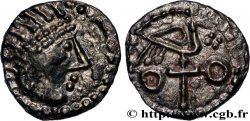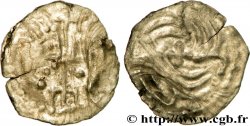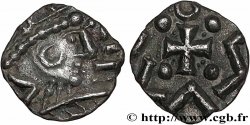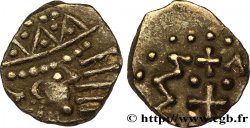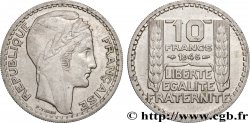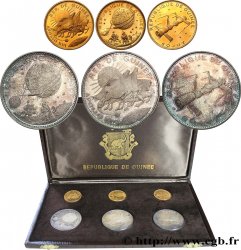Precedente 1/1
E-auction 56-25191 - bmv_220089 - INGHILTERRA - ANGLOSASSONE Sceat aux têtes affrontées et aux 4 oiseaux, Série J, type 37
Devi Sign-in ed essere un offerente approvato fare un'offerta, Login per fare offerte. Conti sono soggetti ad approvazione e di approvazione sono raggiunti entro 48 ore. Non aspettare fino al giorno di una vendita si chiude per registrarti.Confermando la tua offerta su questo oggetto ti impegni ad un contratto legalmente vincolante per l'acquisto di questo prodotto e fare clic su «offerta» costituisce accettazione dei termini di utilizzo de e-auctions cgb.fr.
Offerta deve essere collocato in euro gli importi interi vendita only.The si chiuderà al momento sulla descrizione dell'oggetto, eventuali offerte pervenute al sito dopo l'orario di chiusura non verranno eseguite. Volte transmition possono variare e le offerte potrebbero essere respinto se si attende per gli ultimi secondi. Per ulteriori informazioni ckeck le FAQ.
SENZA COSTI PER GLI ACQUIRENTI.
SENZA COSTI PER GLI ACQUIRENTI.
| Valutazione : | 100 € |
| Prezzo : | 21 € |
| Offerta maxima : | 21 € |
| Data di fine vendita : | 12 maggio 2014 16:37:00 |
| partecipanti : | 7 partecipanti |
Tipo : Sceat aux têtes affrontées et aux 4 oiseaux, Série J, type 37
Data: c. 710-760
Nome della officina / città: Angleterre (sud-est)
Metallo : argento
Diametro : 11 mm
Peso : 0,74 g.
Grado di rarità : R1
Commenti sullo stato di conservazione:
Monnaie sur un petit flan scyphate. Droit mou, mais revers stylisé et de frappe assez vigoureuse. Patine grise et brillante, avec de légères concrétions plus sombres
N° nelle opere di riferimento :
Diritto
Titolatura diritto : ANÉPIGRAPHE.
Descrittivo diritto : Deux têtes face à face, une croix posée sur une base entre les deux ; grènetis.
Rovescio
Titolatura rovescio : TRACES DE LÉGENDE.
Descrittivo rovescio : Petite croix bouletée entourée de quatre oiseaux (?) formant une sorte de swastika sinistrogyre ; grènetis.
Commento
Cette monnaie est l’une des rares avec deux représentations humaines de l’époque mérovingienne. Ce type est communément trouvé en Gaule, isolé ou avec d’autres deniers mérovingiens, ce qui prouve une circulation large. D. M. Metcalf distingue deux groupes dans ces monnaies ; les monnaies officielles et les imitations. Les exemplaires de plus beau style sont traditionnellement considérés comme officiels et les autres comme imitations...
Ce type aurait été frappé dans toutes les régions du Sud et de l’Est de l’Angleterre, mais plus spécialement au sud-est et dans le bassin de la Tamise.
This coin is one of the few with two human representations from the Merovingian period. This type is commonly found in Gaul, either alone or with other Merovingian denarii, which proves a wide circulation. DM Metcalf distinguishes two groups in these coins: official coins and imitations. The finest examples are traditionally considered official and the others as imitations... This type would have been struck in all regions of the South and East of England, but especially in the South-East and in the Thames basin
Ce type aurait été frappé dans toutes les régions du Sud et de l’Est de l’Angleterre, mais plus spécialement au sud-est et dans le bassin de la Tamise.
This coin is one of the few with two human representations from the Merovingian period. This type is commonly found in Gaul, either alone or with other Merovingian denarii, which proves a wide circulation. DM Metcalf distinguishes two groups in these coins: official coins and imitations. The finest examples are traditionally considered official and the others as imitations... This type would have been struck in all regions of the South and East of England, but especially in the South-East and in the Thames basin







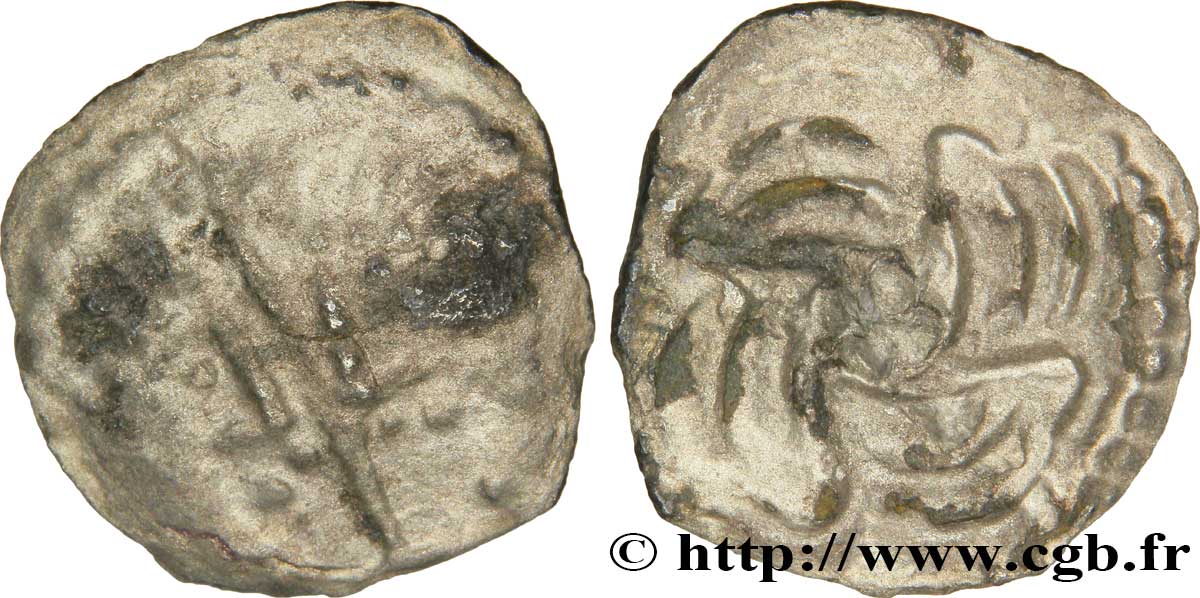
 Segnalare un errore
Segnalare un errore Stampate la pagina
Stampate la pagina Condividi mia selezione
Condividi mia selezione Fai una domanda
Fai una domanda Consegnare / vendere
Consegnare / vendere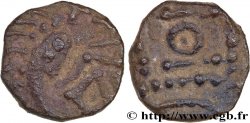
 Descrittivo
Descrittivo